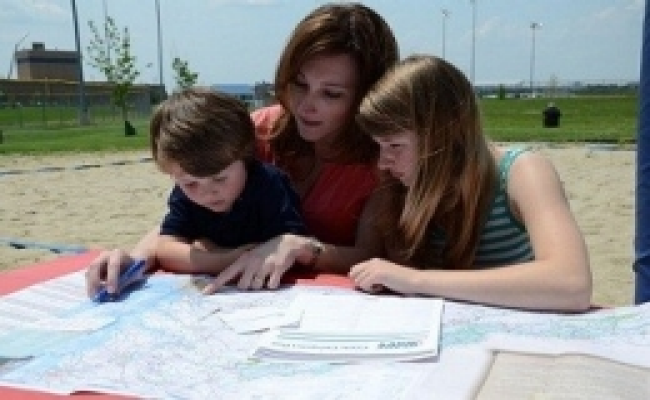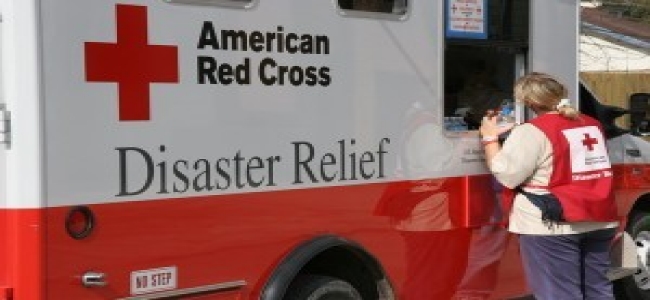Cultivate Resiliency
Disasters come in all shapes and sizes. Although we never know when a disaster may occur in the area we live and work, we do know that it is inevitable that our community will face disasters in the future. When disasters strike it is important for our community to be ready, be prepared and be resilient. The time for preparation is not when the disaster is upon us, the time for preparation is NOW! The Federal Emergency Management Agency (FEMA) and the Department of the Navy have dedicated campaigns to help you prepare: “Ready” and “Ready Navy.” These sites offer an abundance of information and resources to help you prepare for disasters and focus on four core actions you and your Family can take to help you survive and thrive through any disaster: Make Plan, Build a Kit, Stay Informed, and Get Involved.

Make a Plan
When a disaster happens, your family may not be together in one place. You need to pick places to meet, have contact information for everyone, and discuss in advance what you will do during various types of emergencies. Depending on the type of emergency, you may shelter in place, move to a shelter or safe haven, or evacuate.
Making a plan includes two main components that prepare you for hazards in your locality and enhance your personal readiness, as well as that of your family:
(1) Ready Navy Emergency Plan - FEMA Emergency Plan
(2) Ready Navy Communication Plan - FEMA Family Communication Plan

Build an Emergency Kit
Preparing for an emergency includes making a kit of emergency supplies. You need enough supplies for every family member for at least three days. Living in Hawaii, we recommend you consider 14 days of emergency supplies, including food and water. Why is an Emergency Kit Important? You may need to evacuate with little or no notice, with only essentials. Having a “Go Bag” with these essentials already prepared can help save your life! You may not have the time or access to search or shop for these essentials, let alone the items or brands your family and pets depend on. When a disaster occurs or threatens to occur, store shelves typically empty quickly. Having a fully stocked Emergency Kit means you are prepared! You may need to survive on your own after a disaster strikes. Local officials and relief workers will be on the scene after an emergency, but are not always able to reach everyone immediately. You could get help in hours or it may take days. Basic services may be cut off for days or weeks after a disaster. Your supplies should contain items that help you during electricity, gas, water, sewage treatment, and telephone outages. Being resilient and having the supplies you need will help you survive until basic services can be restored. Use these checklists to help you build your Emergency Kit today: FEMA Checklist - Ready Navy Checklist

Stay Informed
Staying informed throughout the cycle of an emergency incident enhances your ability to know what to do, when to act, and when it is safe to return. It also prepares you to take care of yourself and others.
Look to the following resources to help you stay informed for any hazard:
- The Wide Area Alert Network (WAAN)
- General resources including the Internet, television, radio, and social media
- Government websites such as Ready.gov, FEMA.gov, NOAA.gov, and CDC.gov
- Commander, Navy Installations Command Homepage at www.cnic.navy.mil
- CNRH Facebook Page at www.facebook.com/NavyRegionHawaii
- AtHOC Mass Notification System

Get Involved
There are many ways to Get Involved especially before an emergency or a disaster occurs, the content found on this page will give you some ideas of how you can take action in your community.
Related Links:
Ready Navy
Ready
(Updated: 6/3/2021)